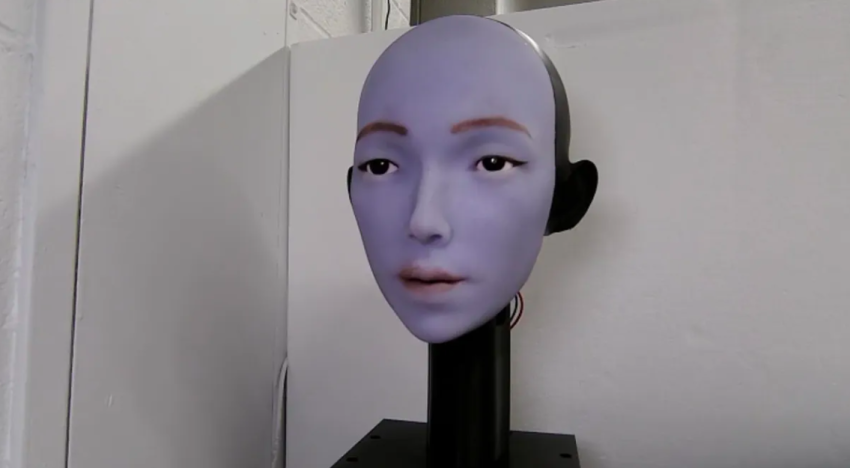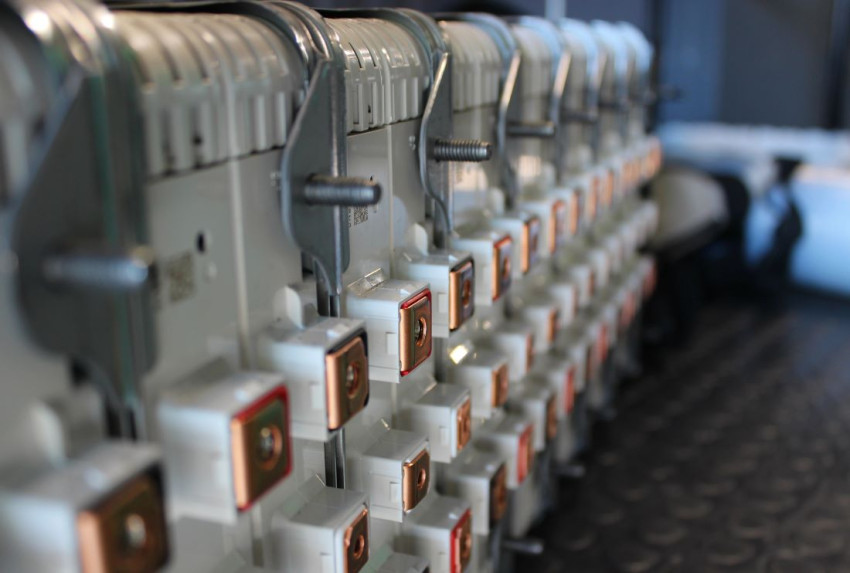
After 13 years, Galileo satellite navigation complete at last
On 25 July, the ESA launched the last four satellites for the European Galileo satellite navigation system. This signals completion of the system after 13 years. The system comprises 24 satellites in total.
The satellites have just been launched from the Kourou site in French Guyana in an Ariane 5 rocket. They reached their orbit after about four hours, at an altitude of some 29,600 km from the earth's surface.
The four satellites will become operational early next year, at which point the Galileo navigation system will be complete at last. The system requires 24 satellites to function. Prior to the launch, there were already 22 in space. One of the satellites launched previously has malfunctioned, and another has been put into sleep mode, so it can be deployed if one of the other 24 goes down.
Europe standing on its own two feet
The launch of the satellites began in 2005. The European Union started the navigation programme to become independent of America's GPS or Russia’s Glonass systems. All the ground stations are located in European territory, with the exception of the station in Tokyo, which is sited on the roof of the Belgian embassy. There are two control centres for the system: one at the Italian space centre in Fucino and one at the German space centre in Oberpfaffenhofen.
Satellites must be replaced after about 15 years, primarily owing to the fragile atomic clocks on board. The system was originally only to be used for civilian purposes, but is now also being directed for military use. The satellites that were launched first will already be due for replacement in two years.
Encrypted signal accurate to 20 cm
The Galileo system has a greater accuracy than the current version of the American GPS. For general use, Galileo has an accuracy of less than a meter (GPS: three metres), but the high-accuracy service with encrypted signal provides position detection down to an accuracy of 20 cm. See the working principle of satellite navigation below.

Since late 2016, Galileo has been sending a navigation signal. There is now a whole series of user devices that work with Galileo (visit the website usegalileo.eu to see which devices these are).

The EU promotes the creation of new services around the navigation system. For instance, eCall – the emergency system that calls emergency services in the event of a road traffic accident – can use Galileo to also give the location of the vehicle. The accurate time detection on which the navigation system is based can also be used to synchronise networks.
Brexit throws a spanner in the works
Brexit is a severe party pooper to celebrations surrounding completion of the Galileo system. Various stations for communication with the satellites are located in the UK, and British researchers and companies have also made a major contribution to the development of Galileo. What's more, the receivers for the encrypted high-accuracy signal are being developed in the UK.
The discord between the EU and the UK revolves around access to that signal. The EU argues that only EU member states should have access to the signal, and that countries are either a member state of the EU or they are not. At the same time, the UK is claiming its contribution to the Galileo project, also in financial terms. As this is just one of the many squabbles surrounding Brexit, it's anybody's guess as to what the final solution will be.
If you found this article interesting, subscribe for free to our weekly newsletter!







